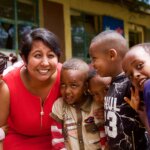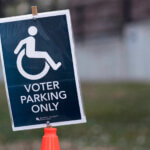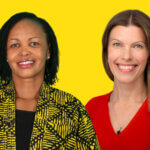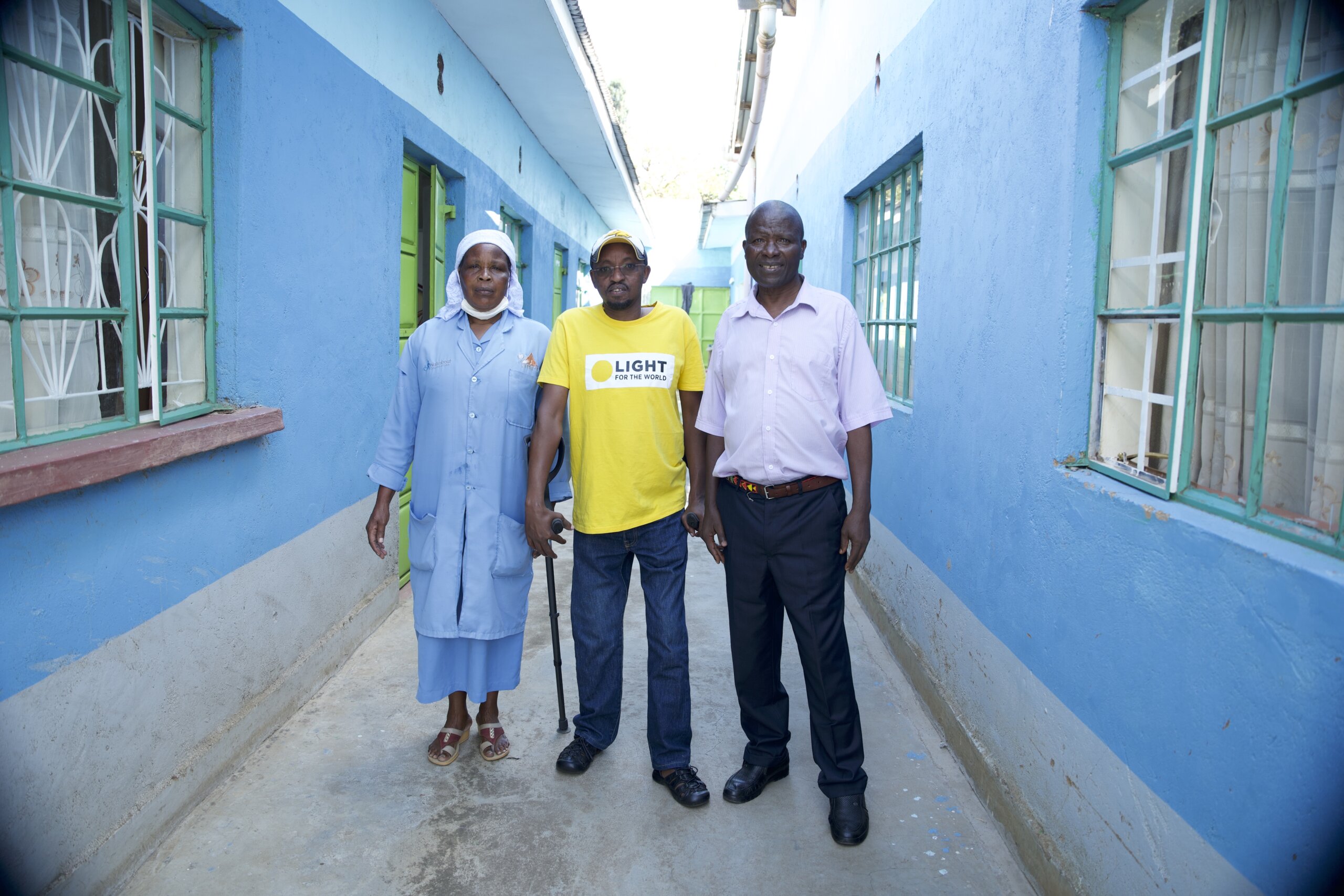- General
As children head back to school this September and the UN launches a major summit to accelerate progress on education worldwide, our director on Inclusive Education, Nafisa Baboo, shares some of her hopes for more inclusive teaching, learning and finance.
Finally, education is elevated to its rightful place: to the top of the political agenda. The Transforming Education Summit, led by the UN Secretary General, seeks to draw up a new social contract that will right the wrongs in education, prepare us for a rapidly changing world, and reinvigorate collective action and solutions to ensure inclusive and equitable, quality education for all.
All means all
The pandemic, natural disasters and political conflicts are having a devastating impact on the futures of children and youth everywhere — even more so those with disabilities. There are an estimated 240 million children with disabilities worldwide — about three times the population of Germany. Children with disabilities are 49% more likely to never attend school, and more likely to be illiterate than children without disabilities.
But when economies are under strain, the first thing governments cut is funding to education and the most marginalised. These cuts come from the mistaken belief that children with disabilities are a low return on investment, forgetting that an education system that works and supports the success of the most marginalised is a quality, inclusive system fit for all.
We can bolster the quality of education for all when we invest in transformative solutions that ensure the wellbeing and success of students with disabilities. Universal screening and early intervention, teaching to the right level, accessible technology, anti-bullying and networks of care and financial support all come from the disability inclusive education and special needs sector, and support the inclusion of those most at risk of neglect, stigma and abuse.
Money matters
Goodwill is great, but money is what makes things move. Governments and donors can show children with disabilities that they matter by committing at least 5% of their education budgets to promote disability inclusion – by 2030. They should also ensure that all learners with disabilities can be reached by all education programmes, recognising that at least 10% of all learners are those with disabilities.
Finally, governments and donors can support these goals by making sure all education programmes and grants mainstream disability and include disability inclusion criteria and targets. For instance, this would mean making disability inclusion a condition of funding allocation.
We stand at the cusp of a great moment for all children, not just those with disabilities, when we invest in system-wide transformations that improve the quality of teaching and learning. These include a lower pupil-teacher ratio, upskilling teachers in foundational learning, accessible EdTech, early intervention and employing additional learning support personnel such as occupational therapists.
Disability-specific investments (sign-language, advanced assistive devices, facilitators) reduce when the education system is inclusive. However, if we continue to miscommunicate disability inclusion as an add-on or fail to mention the origin and value of innovative solutions to improve education, we will again leave children with disabilities behind.
Leap the digital divide
For years, people with visual impairments have been asking for textbooks to be produced in e-pub format (a popular file format used for storing eBooks and other types of content). If these were available during the pandemic and humanitarian crisis, sighted students could easily download them for use as digital print or audio files.
Well-designed digital learning platforms that fulfil accessibility requirements can provide interactive and engaging remote education, which could greatly benefit disadvantaged students and teachers, if they had access. A Light for the World project in Ethiopia that provided accessible digital stories to Deaf pre-schoolers has led to greater attendance and improvement in literacy. We also saw innovative solutions take root, where groups of students and teachers shared learning resources and voice recorded lessons via WhatsApp.
Investment in connectivity and digital literacy among disadvantaged communities, such as those with disabilities, must be a priority as it can enable quality learning during pandemics and other crises.
This is personal
My family come from humble beginnings and made huge sacrifices so that I could attend one of the best high schools in Cape Town, South Africa. The school was inclusive by design and one of the first schools to open its doors to all races. The teachers were highly motivated and creative about making sure my needs as a visually impaired, science stream student, were met in an unintrusive way that benefited all students – with practical demonstrations and groupwork activities.
But the high school fees meant my father, who was blind, wove baskets till the early hours of the morning to sell. Meanwhile, my weekends were spent selling these cane baskets at markets and door-to door in the rich neighbourhoods of my classmates. At the age of 9, I knew what my father earned as an unqualified teacher and our household budget.
Our education was the biggest budget line and came before food and clothes, but my father, who had attended a special school for the Blind, was steadfast in his vision of inclusion. He wanted his children to attend a regular school, be part of society and he knew our success hinged on the quality of the school, so we made those sacrifices.
I remember how proud my father was when I was in New York when the UN Convention on the Rights of Persons with Disabilities came into force, and the chuckle we shared when I told him that I ordered French toast because it sounded fancy on the menu. (To my dismay I discovered that it was what we’d dubbed poor bread having had to eat it every day for supper growing up!)
I have a better life because my father prioritised investing in our education. Many of my contemporaries with disabilities will tell a similar story about their parent’s sacrifices and commitment to their education and development from the very start. Let’s make the path for girls and boys with disabilities in the poorest of countries easier.
Nothing less than our children’s future is at stake.





